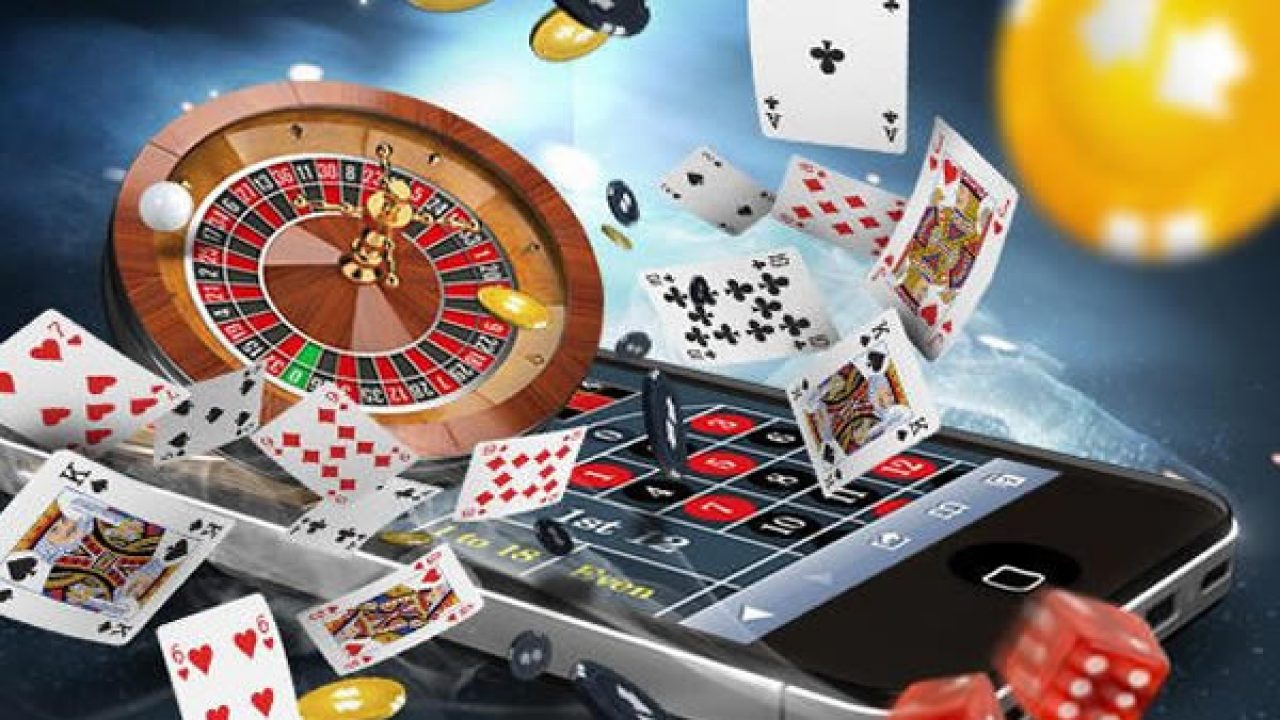
Within the vibrant and thrilling world of casinos, where luck and tactics intertwine, hues and aesthetic play a critical role in attracting gamblers. From the moment players step inside a casino or log into a gaming website, they are enveloped in a sightly feast that captures their attention and entices them to explore further. Vivid colors, engaging graphics, and creative layouts are meticulously crafted to create an atmosphere of excitement and anticipation, ultimately improving the gaming experience.
As gamblers navigate through the dynamic landscape of casino games, they come across a variety of designs that not only serve visual purposes but also influence feelings and decision-making. Colors like scarlet and gold symbolize riches and luck, while soothing blues and emeralds can create a more tranquil environment. Understanding how these elements function together allows casinos to create an welcoming and stimulating atmosphere that encourages players to engage with the games, invest additional time at the tables, and boost their overall enjoyment.
The Study of Color in Gaming Establishments
Color plays a key role in the creation of casino games, shaping player emotions and responses. Lively and bold hues, such as crimson and gold, are often used to stimulate excitement and attract notice. These shades create a sense immediacy and vitality, encouraging players to engage more readily with the game. By thoughtfully selecting hues, designers aim to evoke emotions of joy and expectation, which can enhance the overall game experience.
Different colors also have psychological associations that can influence how players perceive their chances of winning. For case, lime is often associated with good fortune and abundance, making it a popular choice in games like the roulette wheel and poker setups. This connection can cause players to feel more optimistic and self-assured in their gameplay, ultimately motivating them to bet more. Comprehending these associations allows game developers to craft environments that enhance player happiness and retention.
Moreover, the layout of gaming interfaces often employs blended colors and contrasting colors to direct players’ responses. For case, successful combinations may be highlighted with vivid, opposing colors, creating a visual incentive. This approach supports favorable outcomes and promotes repeated engagement. By exploiting color psychology, casinos can create games that not only draw participants but also hold them engaged and invested in their gaming experience.
Creative Features that Engage Players
The aesthetic appeal of gambling games is primarily influenced by the implementation of bold colors. Lively and contrasting colors are strategically chosen to create an inviting atmosphere that captures attention. For example, crimson and golden hues often signify luck and wealth, which is why they are common in the color schemes of gaming machines and game surfaces. These colors not only attract players in, but they also evoke emotions related to thrill and expectation, enhancing the overall gaming experience.
In addition to color, the aesthetic and layout of casino games play a crucial role in captivating players. Games are designed to be intuitive, ensuring that players can quickly understand the rules and mechanics. Accessible interfaces, along with engaging graphics and animations, help maintain gamer interest and encourage extended play sessions. Lixi88 The physical elements, such as the texture of the controls and the sounds of the games, also contribute to a holistic sensory experience that keeps players engaged.
In conclusion, thematic elements in gaming design can greatly influence gaming decisions. Many casino games are inspired by media, myths, or adventure themes, featuring symbols and characters that connect with players. These themes create a sense of immersion and relatability, making each game feel distinct. When players feel a bond to the theme, they are more likely to choose that game over others, leading to higher participation and excitement within the gambling environment.
Case Studies: Notable Casino Table Game Designs
One noteworthy example of effective casino game design is the well-known slot machine series based around blockbuster movies. Games such as those based on the Wizard of Oz and Game of Thrones utilize dynamic colors and superior graphics to engage players in recognizable narratives. The application of lively visuals and entertaining sound effects grabs the interest of players, building an affective connection to the theme. This tactic not only fosters longer play but also boosts the overall gaming experience, resulting in increased player retention.
Another effective case is the use of the psychology of color in table games like blackjack and the wheel. Casinos often design these games with deep reds and greens, colors traditionally associated with luck and wealth. For instance, the emerald felt on a 21 table provides a calming effect, while the crimson accents in roulette invite thrill. This deliberate use of color helps to establish an inviting atmosphere that motivates players to engage, satisfying their psychological impulses and boosting their enjoyment.
Finally, social casino games that include social features and lively, colorful designs have achieved remarkable success in engaging players. Games like Zynga Poker and Slotomania leverage striking colors and playful animations to create an inviting online environment. The inclusion of leaderboards, community sharing options, and in-app rewards fosters competition and community, attracting players in for longer sessions. Such designs not only make the games visually enticing but also highlight social interaction, a key factor in player retention and engagement within digital casino environments.
